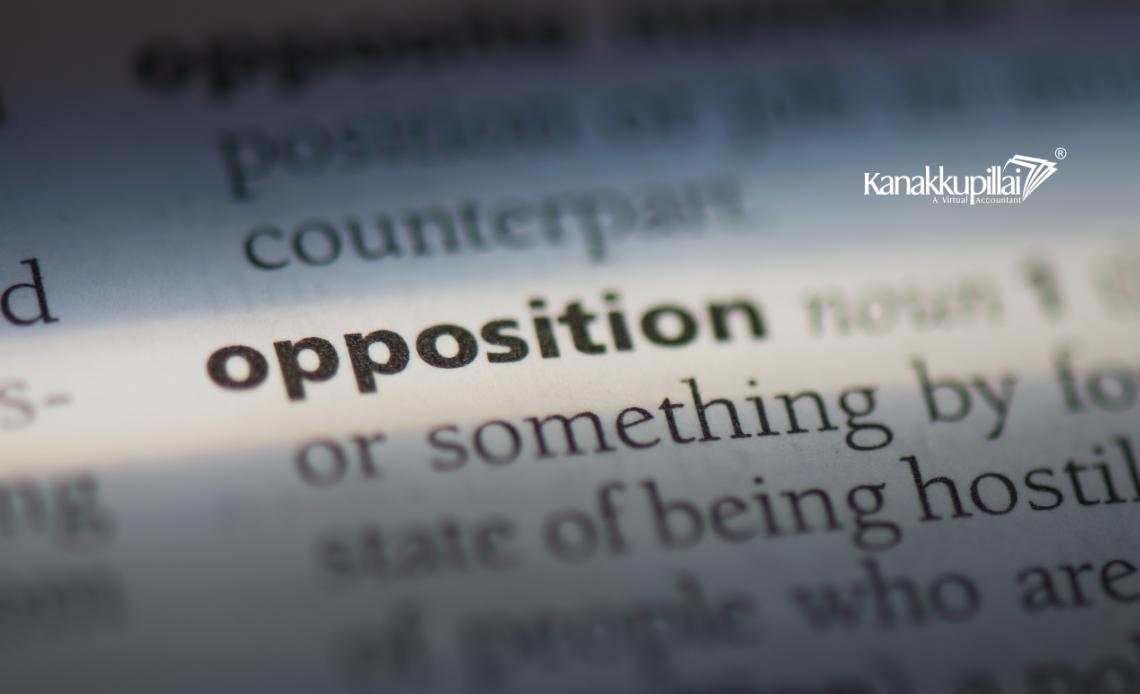Any company depends on trademark protection as it guarantees the dependability and originality of a brand in the market. Key elements of this defense mechanism include trademark opposition. We will explore the realm of trademark opposition in this blog, including what it is, why it is significant, and how it operates.
What is Trademark Opposition?
Trademark opposition is a legal fight for the registration of a trademark. It allows third parties to question the acceptance of a trademark application, helping to prevent brand misuse and misunderstanding. This process is important for keeping the character and worth of a brand.
Why File a Trademark Opposition?
A trademark objection might be filed for a number of reasons. Protecting an already registered brand from possible hazards comes first. This covers avoiding market misunderstanding and prohibiting others from profiting from the reputation of your brand. Any person or entity—including current trademark owners, companies, and even consumers who think the new brand creates confusion—can register a trademark opposition.
Who Can Oppose a Trademark?
Any person or group can make a trademark complaint. Common opposers include current brand owners and businesses. Even customers can file if they think the new name causes misunderstanding. This broad reach ensures that the trademark complaint method is inclusive and good in protecting brands.
Grounds for Trademark Opposition
There are several reasons on which a brand complaint can be made. These include:
- Similarity to Existing Trademarks: – The new trademark is too similar to an existing one.
- Lack of Distinctiveness: – The name is general or specific.
- Bad Faith: – The application was made with dishonest goals.
- Misleading Nature: – The brand could fool the public about the nature or quality of goods.
These reasons ensure that the trademark complaint process is thorough and effective in protecting brands.
The Opposition Process
The trademark complaint method in India includes the following key steps:
- Publication: The patent application is released in the patent Journal, allowing the public to review it.
- Notice of Opposition: Any person can file a notice of opposition within 4 months of the trademark’s release, using Form TM-O and paying the necessary fee. This starts the defense process.
- Counter-Statement: The trademark applicant must file a counter-statement within 2 months of getting the notice of complaint, using Form TM-O, to back their application.
- Evidence Submission: Both the opposer and the candidate show evidence over a length of time to back their respective claims.
- Hearing: If necessary, the Registrar may hold a hearing to review the information given by both sides.
- Decision: Finally, the Registrar of Trademarks makes a final decision on whether to back the opposition and reject the trademark application, or drop the opposition and allow the brand to move to trademark registration.
Outcomes of Trademark Opposition
The effects of a trademark complaint in India are:
- Opposition Sustained: The patent application is denied.
- Opposition Dismissed: The name is registered.
- Settlement: Parties may make a deal outside of the official process, which can include changes to the brand or a settlement on the complaint grounds.
Conclusion
Maintaining your brand depends much on trademark opposition. It guarantees the originality and dependability of trademarks in the market, therefore deterring trademark abuse and ambiguity. Knowing this procedure will allow you to keep the integrity and value of your brand. Knowing the rules on which a trademark opposition may be filed and how to submit one will help you to properly guard your brand and guarantee its ongoing success.
In essence, safeguarding your brand depends critically on trademark opposition. It guarantees that your brand stays distinctive and trustworthy in the market, therefore avoiding misunderstandings and exploitation. Knowing the reasons for resistance and the procedure involved helps you to properly defend your brand and keep its integrity and worth.





